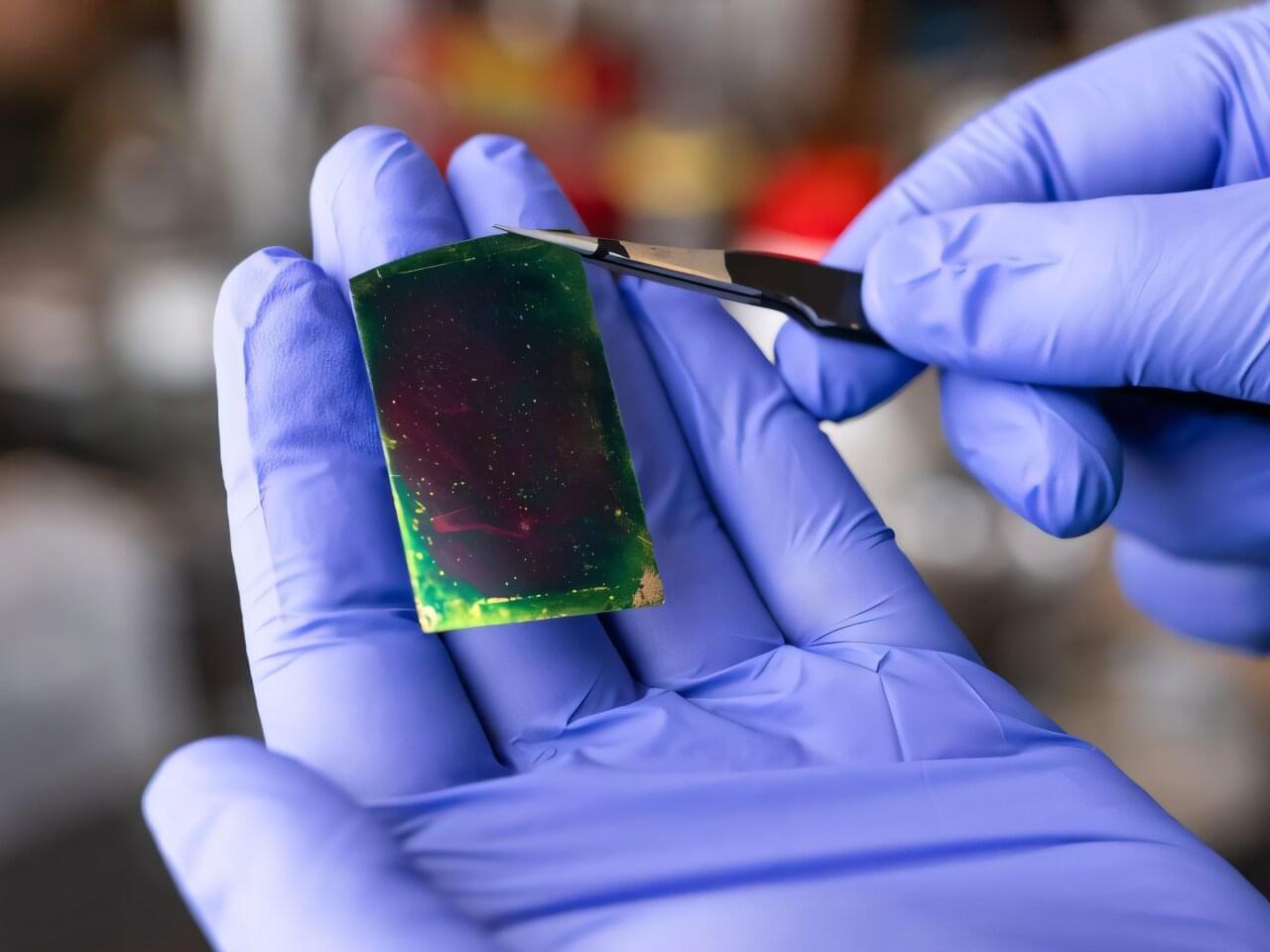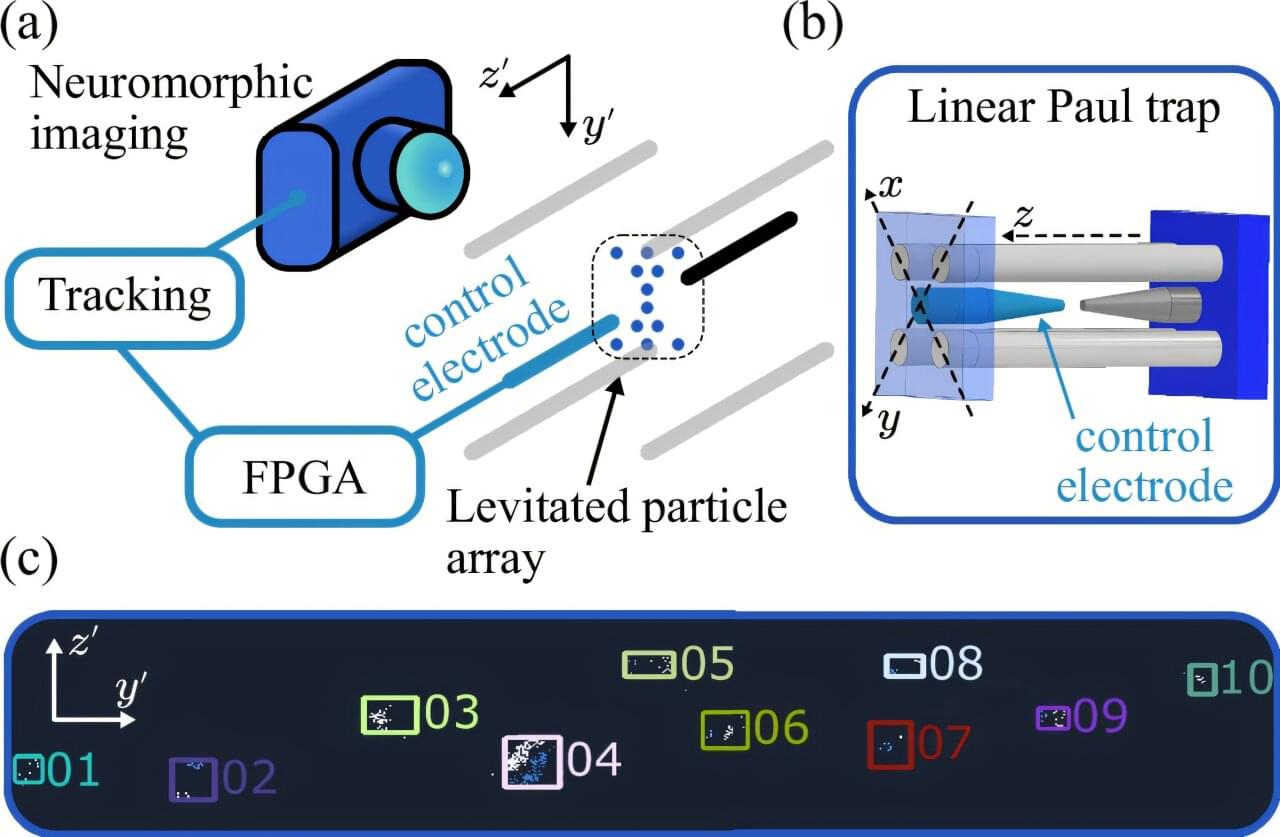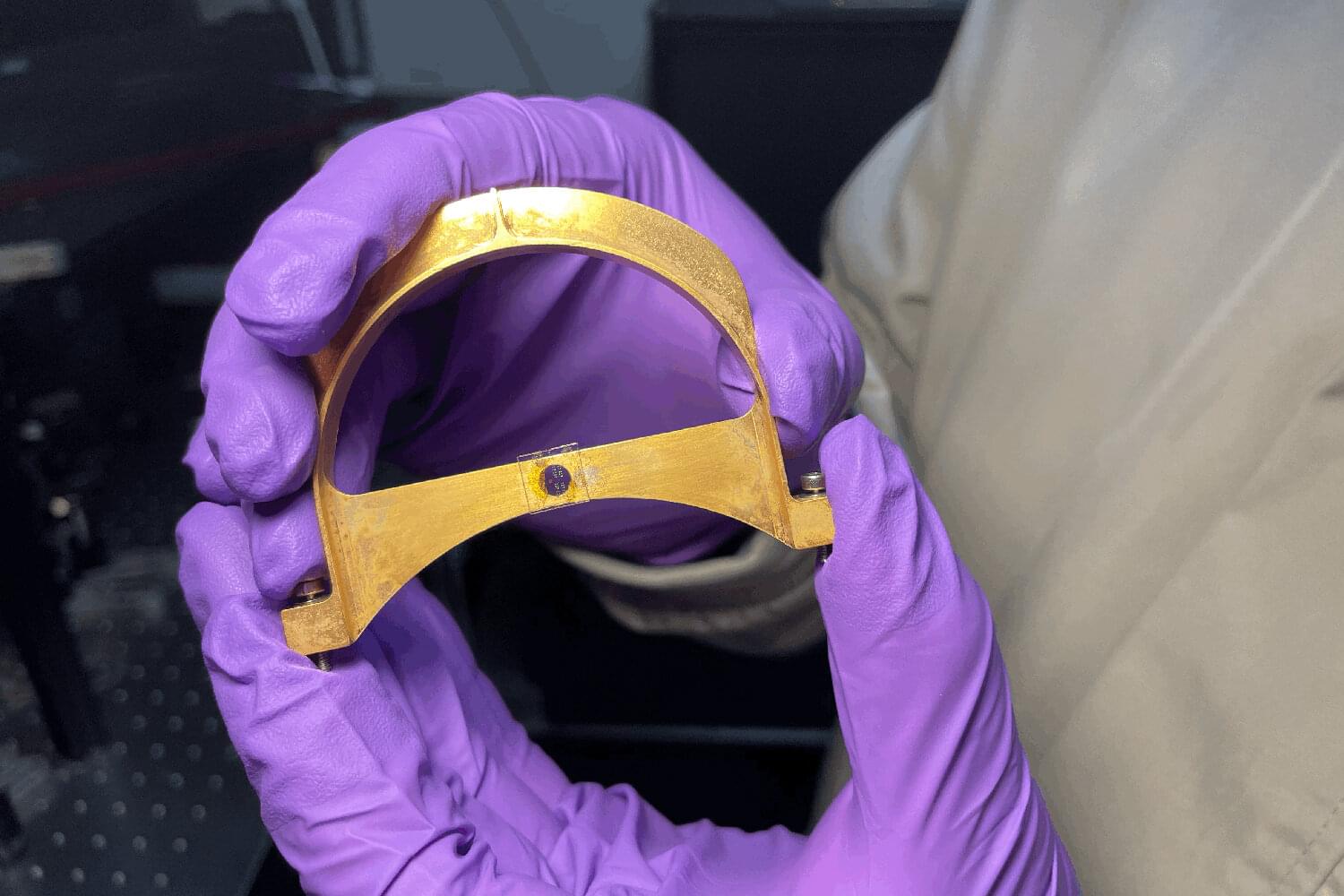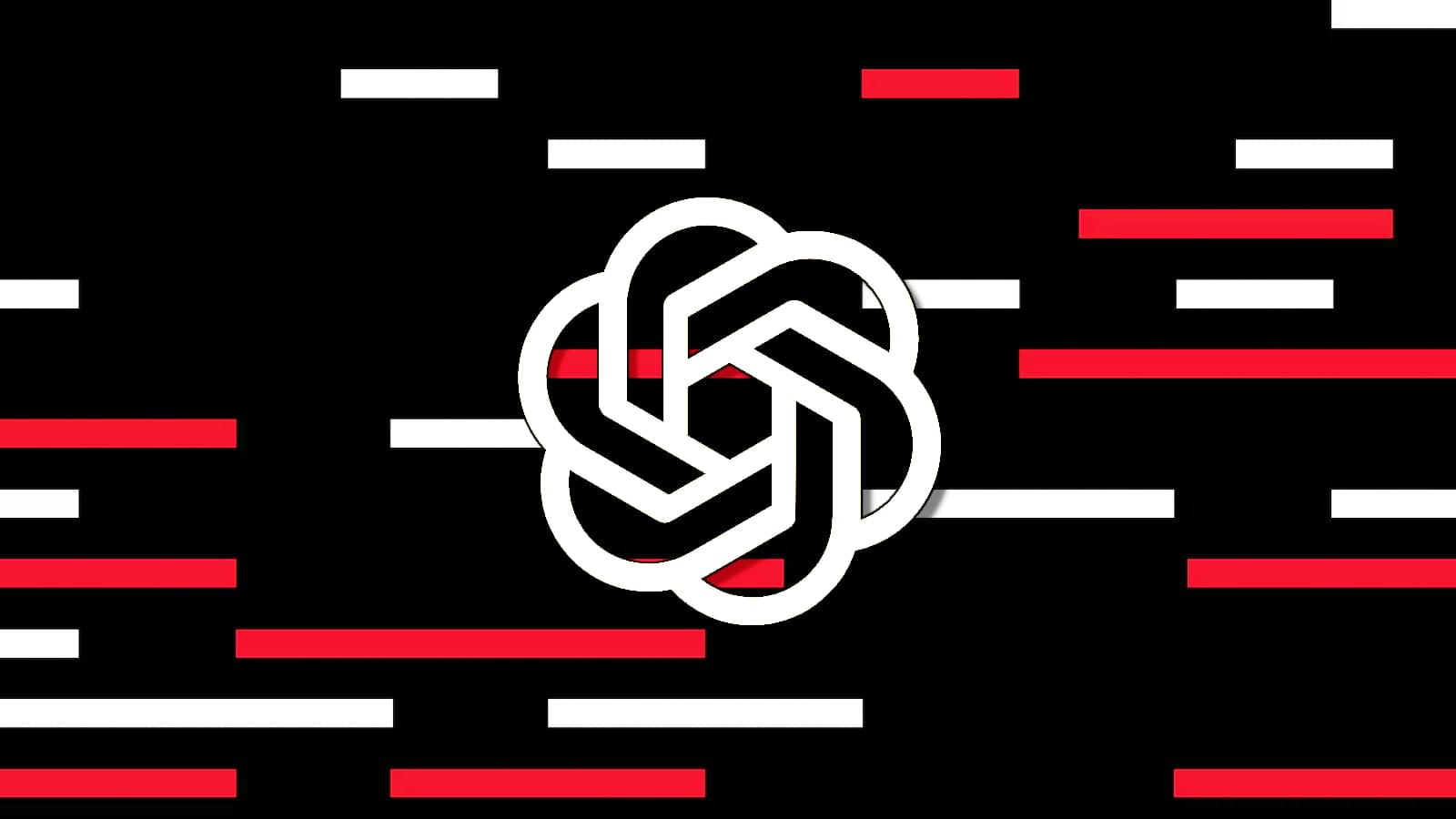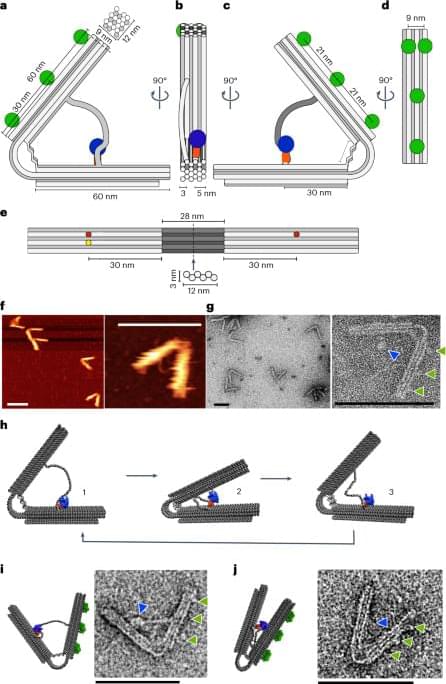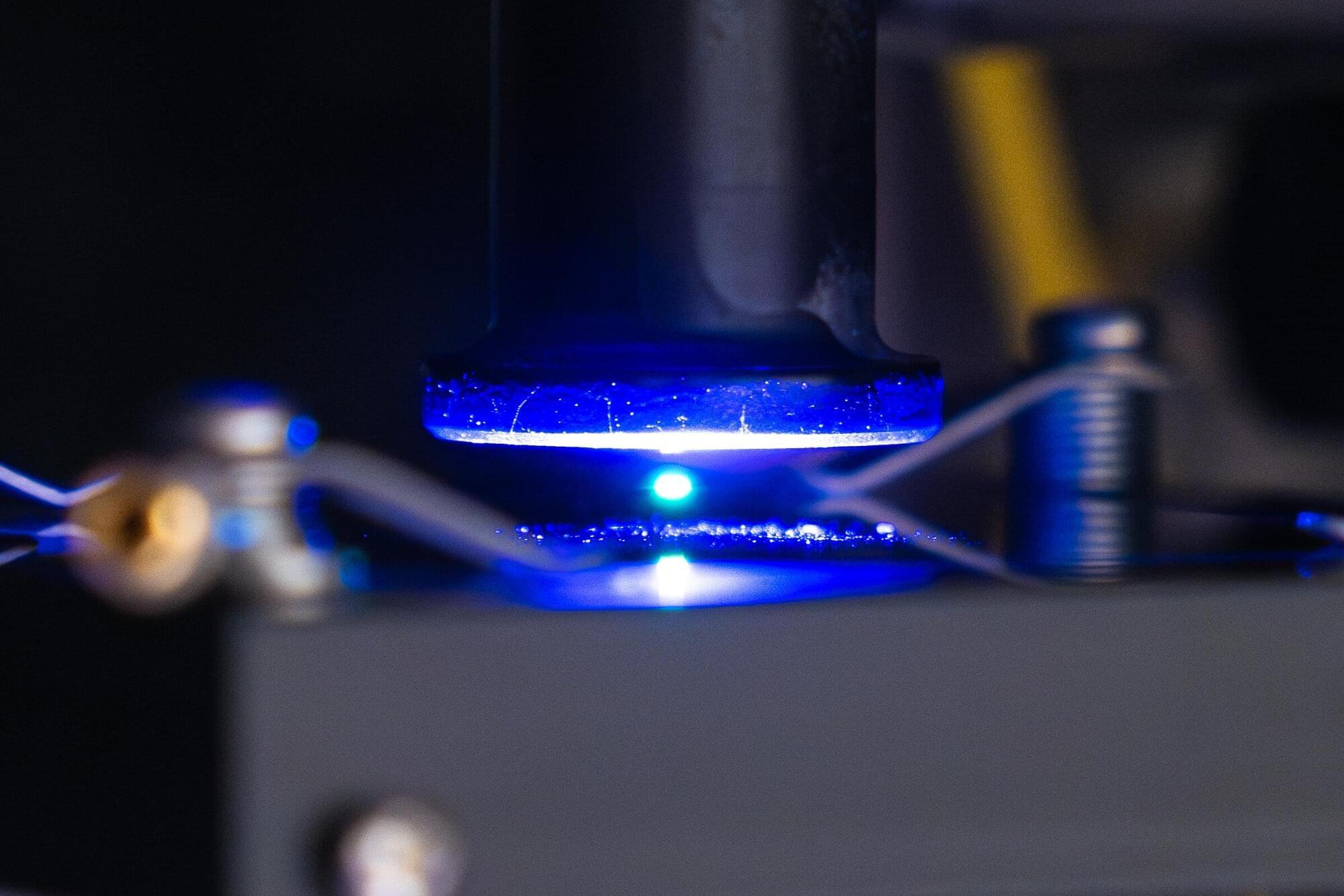By Chuck Brooks
#cybersecurity #artificialintelligence #criticalinfrastructure #risks
By Chuck Brooks, president of Brooks Consulting International
Federal agencies and their industry counterparts are moving at a breakneck pace to modernize in this fast-changing digital world. Artificial intelligence, automation, behavioral analytics, and autonomous decision systems have become integral to mission-critical operations. This includes everything from managing energy and securing borders to delivering healthcare, supporting defense logistics, and verifying identities. These technologies are undeniably enhancing capabilities. However, they are also subtly altering the landscape of risk.
The real concern isn’t any one technology in isolation, but rather the way these technologies now intersect and rely on each other. We’re leaving behind a world of isolated cyber threats. Now, we’re facing convergence risk, a landscape where cybersecurity, artificial intelligence, data integrity, and operational resilience are intertwined in ways that often remain hidden until a failure occurs. We’re no longer just securing networks. We’re safeguarding confidence, continuity, and the trust of society.


